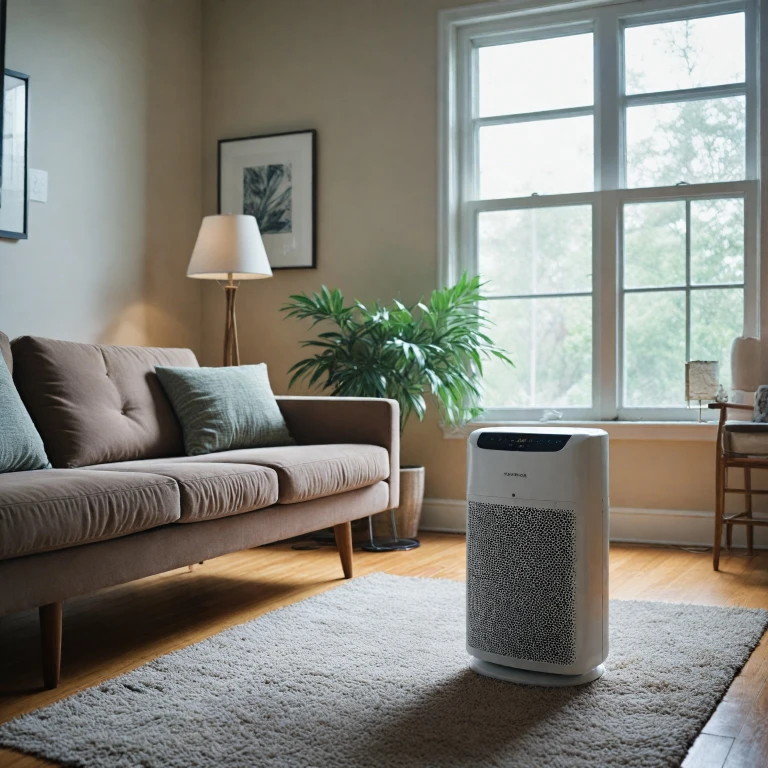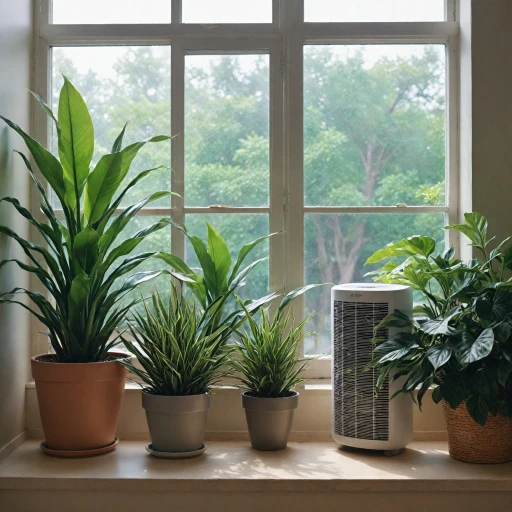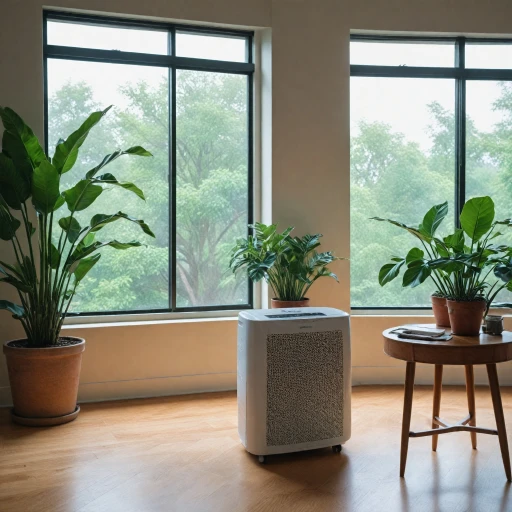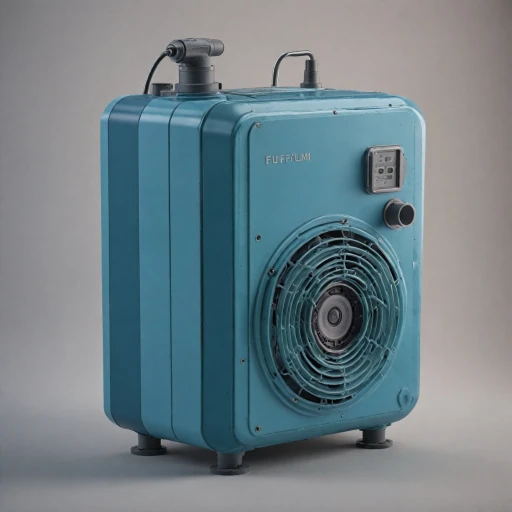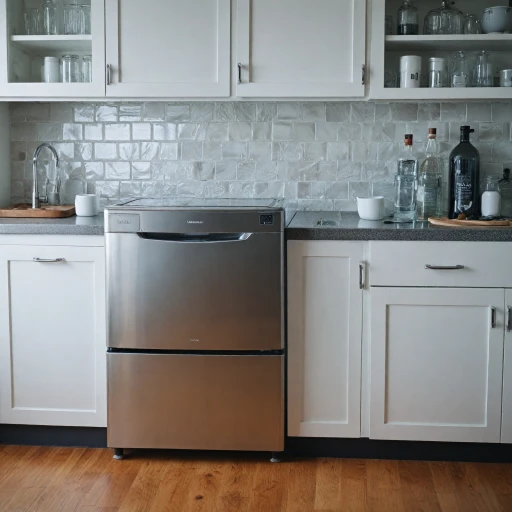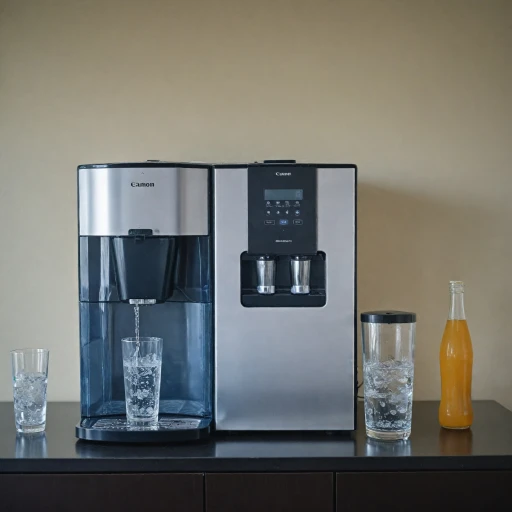Understanding Asbestos and Its Risks
Grasping the Dangers of Asbestos
Asbestos is a naturally occurring mineral that was widely used in construction and industrial products due to its fibrous nature and heat-resistant properties. Unfortunately, asbestos fibers can become airborne, leading to serious health risks if inhaled.
Health Implications of Asbestos
Exposure to airborne asbestos particles can result in serious respiratory conditions, including asbestosis, lung cancer, and mesothelioma. The fine fibers, once inhaled, can lodge into lung tissues and lead to inflammation and scarring over time. It is crucial to minimize asbestos exposure, especially in indoor air, to protect overall health.
Risk of Asbestos in Indoor Environments
Asbestos can be found in older homes, particularly in areas such as insulation, floor tiles, and even in air ducts. The risk increases if these materials become damaged, releasing asbestos fibers into the air, necessitating effective removal or air abatement methods. To learn more about these risks, you can visit this
comprehensive resource.
Understanding and acknowledging the dangers can guide you in choosing effective air purifiers and abatement methods designed to remove asbestos particles, contributing significantly to cleaner air and healthier living conditions in your home. Future sections will delve into how air purifiers work, their effectiveness against asbestos, and what features to look out for when considering a purchase. It's essential to stay informed and proactive about managing asbestos exposure.
How Air Purifiers Work
Mechanisms Behind Air Purifiers
Air purifiers have become invaluable tools in improving indoor air quality by removing various airborne particles. To understand how they might help with asbestos issues, it's essential to grasp how these devices work and their limitations.
Air purifiers operate by drawing in air from the surrounding area, passing it through a series of filters, and then releasing cleaner air back into the room. A primary component of many air purifiers is the HEPA (High-Efficiency Particulate Air) filter. These filters are designed to capture a wide range of particles, including dust, pollen, and even some smoke particles.
However, capturing asbestos fibers effectively requires more than a standard air purifier setup. The fibers tend to be tiny, making them tricky to capture. Ideally, a quality purifier should include a combination of:
- HEPA Filters: Capable of removing particles down to 0.3 microns with high efficiency, essential for filtering out small fibers.
- Pre-Filters: These capture larger particles and prolong the lifespan of the main HEPA filters, maintaining the purifier's performance over time.
- Sealed Systems: To prevent any leakage of fibers once they have been captured.
The role of air purifiers in addressing asbestos exposure is part of a broader strategy, as removing airborne asbestos requires specific abatement procedures. While purifiers can help in improving general air quality, they are not a standalone solution for asbestos removal. For comprehensive measures, integrating professional asbestos abatement with the use of air purifiers ensures a safer environment.
For industrial or high-risk areas, commercial-grade air purifiers might be more effective at improving air quality. These products often include HEPA filters as part of their advanced systems, thereby enhancing the removal of airborne asbestos.
To learn more about improving indoor air quality with different types of air-cleaning solutions, you can explore additional insights
here.
Effectiveness of Air Purifiers Against Asbestos
Evaluating Air Purifiers for Asbestos Abatement
Air purifiers have become a staple in achieving cleaner indoor air, but their effectiveness against asbestos is a topic worth exploring. Asbestos fibers are particularly hazardous due to their small size which allows them to become airborne and easily inhaled, leading to serious health issues when exposure occurs. Understanding how these devices target such minute particles is crucial in determining their feasibility for asbestos removal.
Standard air purifiers are equipped with filters designed to capture a variety of pollutants. However, not all filters are created equal when it comes to handling asbestos particles. Key in this fight are HEPA filters, renowned for their ability to capture particles as small as 0.3 microns with an efficiency of 99.97%. These filters are especially beneficial in trapping asbestos fibers and preventing them from continuing to circulate in the indoor air.
While HEPA filters are excellent for capturing small particles, their effectiveness in completely eliminating asbestos exposure hinges on other factors. The purifier's air change rate per hour, or how often it can cleanse the entire air volume of a room, plays a significant role. An air purifier with a higher air flow will circulate air more rapidly, increasing the chances of asbestos fibers being captured within the HEPA filter.
It's also important to consider the source of the asbestos contamination. Air purifiers are effective at reducing airborne asbestos particles, but they do not remove asbestos from areas such as carpets, furniture, or insulation. Thus, combining air purifiers with professional asbestos removal (abatement) services can offer a more comprehensive solution.
Regular maintenance of air purifiers ensures that they continue to operate effectively and safely. This includes timely filter replacements, which are crucial to sustain optimal air quality. For deeper insights into maintaining optimal air quality through filter replacements, refer to our detailed guide
here.
Key Features to Look for in Air Purifiers for Asbestos
Critical Elements for Effective Asbestos Mitigation
When selecting an air purifier to combat asbestos exposure, understanding key features is essential for ensuring optimal safety and efficiency in your living area. Here’s what to consider:
- HEPA Filters: High-Efficiency Particulate Air (HEPA) filters are indispensable in removing airborne asbestos particles. They capture up to 99.97% of particles as small as 0.3 microns, ensuring most asbestos fibers, which can be of a similar size, are effectively removed from the air.
- Pre-Filters: A pre-filter traps larger dust and fibers, which prolongs the life of the subsequent HEPA filter. This step is crucial in preserving the air quality by reducing the initial burden on the main filters, thus enhancing the purifier's overall performance.
- Air Flow and Coverage Area: Consider the volume of space your air purifier will cover. Choose a model designed for the size of the area where you expect asbestos abatement needs. A unit with a powerful fan will ensure an even distribution of asbestos-free air.
- Durability and Maintenance: Select a product designed for long-term use and one that doesn't compromise on performance. Regular maintenance, including filter changes, is necessary to maintain clean air and prevent any resurgence of airborne asbestos particles.
- Negative Air Pressure System: Some advanced purifiers include a negative air pressure feature, effective in containing asbestos within a specific area. This setup minimizes exposure to asbestos outside of the designated abatement zone.
While air purifiers significantly help in filtering out asbestos from indoor air, remember they are part of a broader asbestos removal and abatement strategy. For areas with possible high asbestos exposure, it may be necessary to combine their use with other products and safety precautions to ensure comprehensive protection. Always rely on reputable air purifiers known for meticulous attention to filtration technology to safeguard health.
Comparing Air Purifiers: A Quick Guide
Finding the Right Air Purifier for Asbestos Mitigation
When tackling asbestos exposure in an indoor space, choosing the right air purifier is crucial. Asbestos fibers are minuscule and can become airborne, posing significant health risks if inhaled. Here's a quick guide to help you compare different air purifiers and find the best one for your asbestos concerns.
- Filter Type: For asbestos removal, look for air purifiers equipped with HEPA filters. These filters are designed to capture 99.97% of particles as small as 0.3 microns, including asbestos fibers.
- Coverage Area: Ensure the purifier's capacity matches your room size. A device that effectively cleans the air in a small room may not suffice for a larger area.
- Air Exchange Rate: Consider the air purifier's Clean Air Delivery Rate (CADR). This rate indicates how fast the device can remove dust, smoke, and pollen from the air—key indicators of the device's ability to handle airborne asbestos.
- Pre-Filter: A good pre-filter traps larger particles, extending the life of the HEPA filter and enhancing overall performance. It's an important component in reducing maintenance costs.
- Special Features: Some products come with additional capabilities, such as negative air pressure, which can further prevent asbestos fibers from lingering in indoor air by drawing them out efficiently.
Making an informed decision on which air purifier to purchase can significantly reduce the health risks associated with asbestos exposure. Remember, regular maintenance of your air purifier is essential to keep it functioning optimally, ensuring the continual removal of asbestos particles from your environment.
Maintaining Your Air Purifier for Optimal Performance
Maintenance Practices for Your Air Purifier
Maintaining your air purifier effectively is crucial for reducing asbestos exposure and ensuring indoor air remains clean and safe. Consistent maintenance will also prolong the life of your air purifier and enhance its performance in removing airborne asbestos particles.
- Regular Filter Replacement: The core component of air purifiers, especially those dealing with asbestos, is the HEPA filter. It effectively traps tiny particles, including asbestos fibers. To maintain high air quality, ensure HEPA filters are replaced as recommended by the manufacturer. Depending on usage and area, this may be anywhere from six months to a year.
- Check and Clean Pre-Filters: Before air reaches the HEPA filter, it passes through a pre-filter that captures larger dust particles and fibers. Regularly check and clean this component to prevent clogging and maintain optimal airflow through the purifier.
- Inspecting the Filter Seals: Regularly inspect the seals around filters to ensure there are no gaps where asbestos airborne particles could pass through, compromising your air quality.
- Cleaning the Unit’s Exterior: Dust accumulation on the outside of your purifier can indirectly influence its performance. Wipe down the unit periodically to ensure that nothing impedes its function.
- Maintaining Negative Air Machines: If your system includes this type of equipment, ensure these air purifiers are checked for any leaks or damages to maintain the proper removal of asbestos fibers from the air.
Incorporating these maintenance routines will help your air purifier run smoothly and effectively, maximizing its capabilities in providing a safe environment against asbestos and other harmful airborne particles.
